Dennis Wilbur sent in the photo and history of his bands This Generation and Sideshow, out of Bell, California:
I have always been interested in music from the time I was about 3 years old. I was fascinated by the people I saw standing on a stage and performing and the applause from the crowd after each song.
My first band was called This Generation. We formed around 1965 and played dances, parties, etc. The members were Dennis Wilbur (guitar-vocals), Freddie Mooney (bass-vocals), Danny Shoaf (drums), and Tom Jonutis (guitar). Freddie Mooney and I were in the band and orchestra at Bell High School. I knew that he was playing with his step-dad Vern “The Voice” Gosdin, and Vern’s brother Rex, along with Clarence White (Kentucky Colonels, and later The Byrds). The Gosdin Brothers were former bluegrass musicians known as The Hillmen (with Chris Hillman playing mandolin prior to joining The Byrds).
I had gone to a rehearsal of the Gosdin Brothers and started talking with Freddie and said we should form our own group. One thing lead to another and This Generation was formed. We were together a little over a year when our drummer and guitarist were both drafted. Freddie said that he knew another guitarist named Danny Duran from the next town over (Maywood, CA). We auditioned him and added him to the group. I don’t recall who our drummer was at that time.
We played together for about 6 months and for some reason our guitarist left. Again, on the search for someone to replace him we found Dave Bishop (also from Maywood). We knew Dave from high school also. He had been playing with a local surf band and realized that surf music was quickly being replaced by the British Invasion and decided to join us. This was mid 1966. This also called for a name change and The Sideshow was born.
Sometime in late 1966 we landed a gig at The Street Scene in El Monte, CA which was owned by Gary Bookasta who also owned The Hullaballoo in Hollywood and was manager for The Palace Guard and The Yellow Payges. It was during this time that we again needed a drummer and while playing at the Street Scene that we found Bob Phillips from El Monte and he joined the band.
After a couple of more gigs at the Street Scene, Gary Bookasta hired us as the “house band”. We were still doing mostly Top 40 covers at this time but it did provide us with the opportunity to open for many of the big acts of the time (Grass Roots, Music Machine, Freddie Cannon, The Seeds, etc.). This also allowed us to play at The Hullaballoo with many other top acts (Linda Ronstadt with the Stone Poneys, Taj Mahal, Van Morrison, The Doors, John Lee Hooker as his backup band, and many more) and the regular groups that Gary Bookasta handled (Palace Guard, Yellow Payges, East Side Kids).
While playing the Street Scene we were approached by Lou Liuzzi about him becoming our manager. Lou was just out of college with a degree in Business and trying to get into the music biz as a manager. He didn’t really have any experience but he did try hard. I don’t think he ever managed anyone else but The Sideshow.
He initially was able to get us some gigs and financed our first recording session at a small studio somewhere in the San Gabriel Valley. We recorded two covers, one was a song by The Who (“Can You See Me”) that hadn’t been released in the US yet and the other was by The Blues Magoos (“One By One”). During this period we were continually playing various clubs around Southern California (Marina Palace in Seal Beach, and The Galaxy in Hollywood). The Galaxy was less than 100 feet from The Whisky, which provided us with some exposure to some of the big acts of the time that would just stop in and see us.
It was at this time, early 1967 that The Standells came in to see us. A few weeks later they came to see us again when we were playing a car show at the Anaheim Convention Center. They approached our manager about signing with their new production company.
We recorded four tracks at Mama Joe’s recording studio in the San Fernando Valley. We didn’t have any original material at that time so The Standells found the songs that we recorded (“Paper People”, “Black and White”, and two other tracks that I don’t recall the names). The sessions were a lot of fun as The Standells played on the tracks with us. Our drummer felt left out as he didn’t get to play on the tracks. The lineup for the sessions was Dennis Wilbur (guitar-piano-vocals), Dave Bishop (guitar-vocals), Freddie Mooney (bass-vocals), Larry Tamblyn (organ), Dick Dodd (drums), Tony Valentino (guitar), and John Fleck (guitar). Unfortunately all of the recordings that we had done have gotten lost over the years.
Our drummer Bob Phillips left the group and became the drummer for The Rooney Brothers (Mickey Rooney’s sons, Tim, Ted, and Mickey Jr.). We found another drummer right away from Downey CA. His name was Chuck Riley. Things were looking good and we were about to sign a deal with Reprise Records when our manager fell victim to the dreaded “Greedy Manager Syndrome” and presented us with a ridiculous contract that was to be 10 years long with a 25% commission. Needless to say, we said “NO”. That’s when everything fell apart and the deal with Reprise disappeared. Shortly after things fell apart with The Standells. We continued to play for about another six months and then broke up. This was early 1968.
After a few months of not doing much of anything I received a call from Freddie Mooney. He had met Diana Di Rose from The Rose Garden and said that she was auditioning players for a replacement band as several members of the original group had been drafted and the remaining members had quit. Freddie and I auditioned and landed the gig but the group was still incomplete needing another guitarist/vocalist and a drummer. We immediately called Dave Bishop and added him to the group. After auditioning numerous drummers we found Ken Dalton recently arriving in California from New York. We started learning material and for the first time writing some of our own. At this time I was the only writer with some help coming from Freddie Mooney.
Diana Di Rose introduced us to Charlie Green and Brian Stone who had produced the original Rose Garden (also Buffalo Springfield, Iron Butterfly, Sonny & Cher, and Jackie De Shannon). They were interested in recording us but as things turned out Diana was more interested in promoting herself and our other guitarist as the new Sonny & Cher, and another potential deal bit the dust. This version of The Rose Garden lasted only about eight months.
After this I stopped playing for a while and went back to school for a couple of years.
After college I reformed The Sideshow with Wayne Boyles (vocals) (another high school friend), Mike Herrmann (guitar-vocals), David Ando (bass), and David “Frenchy” O’Brien (drums also a founding member of the group Animotion). After about a year we replaced Mike Herrmann with Michael White and continued playing the club scene for a few more years.
Overall my experiences with The Sideshow were fantastic. At that time everything was about the music. What a great time to be playing rock. I did get to meet a lot of interesting and talented people and I wouldn’t have changed anything.
Dennis L. Wilbur, October 2010
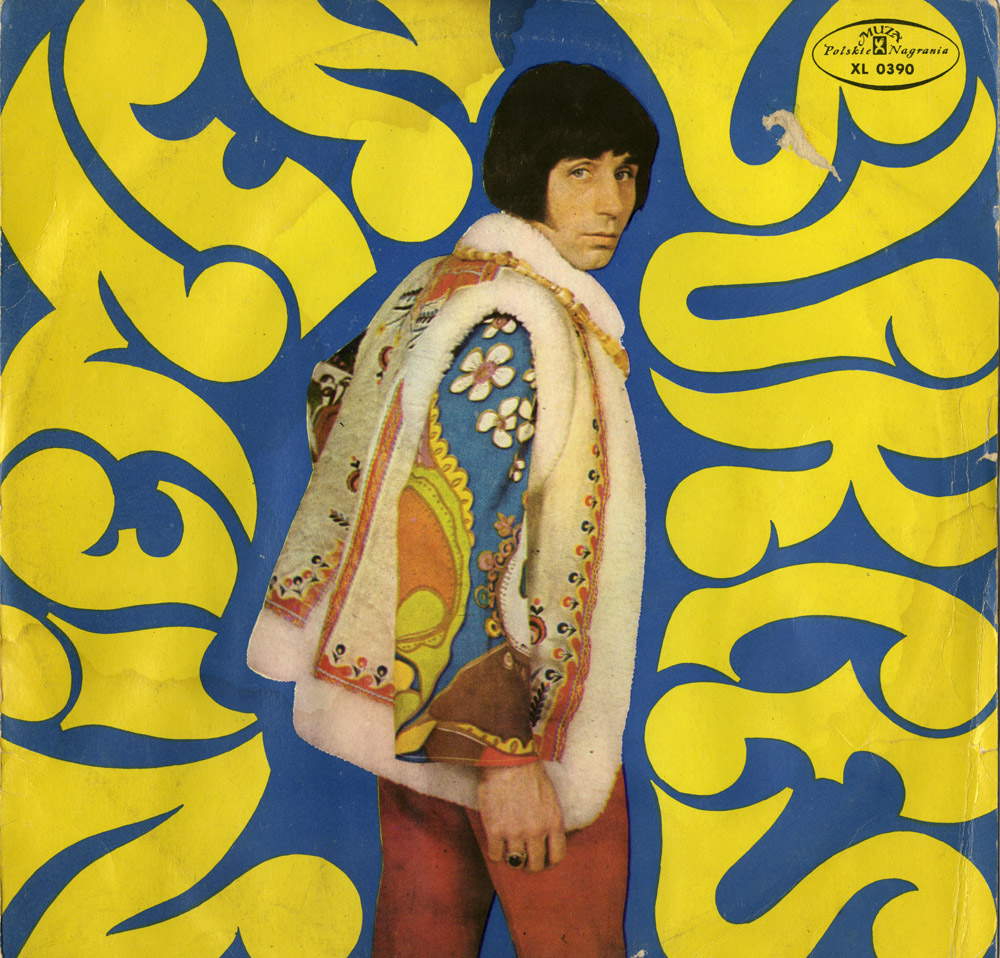 Vocalist and organ player Czeslaw Niemen was another huge star in Poland, so this record is hardly ‘garage’. Like the Skaldowie LP, there are great graphics on the cover, and Niemen’s outfit is classic Sonny Bono meets Carnaby St. His singing is also over the top, often trying to be James Brown-ish funky and Tom Jones-like soulful within the same line. I suspect he personified state-approved ‘rebellion’.
Vocalist and organ player Czeslaw Niemen was another huge star in Poland, so this record is hardly ‘garage’. Like the Skaldowie LP, there are great graphics on the cover, and Niemen’s outfit is classic Sonny Bono meets Carnaby St. His singing is also over the top, often trying to be James Brown-ish funky and Tom Jones-like soulful within the same line. I suspect he personified state-approved ‘rebellion’.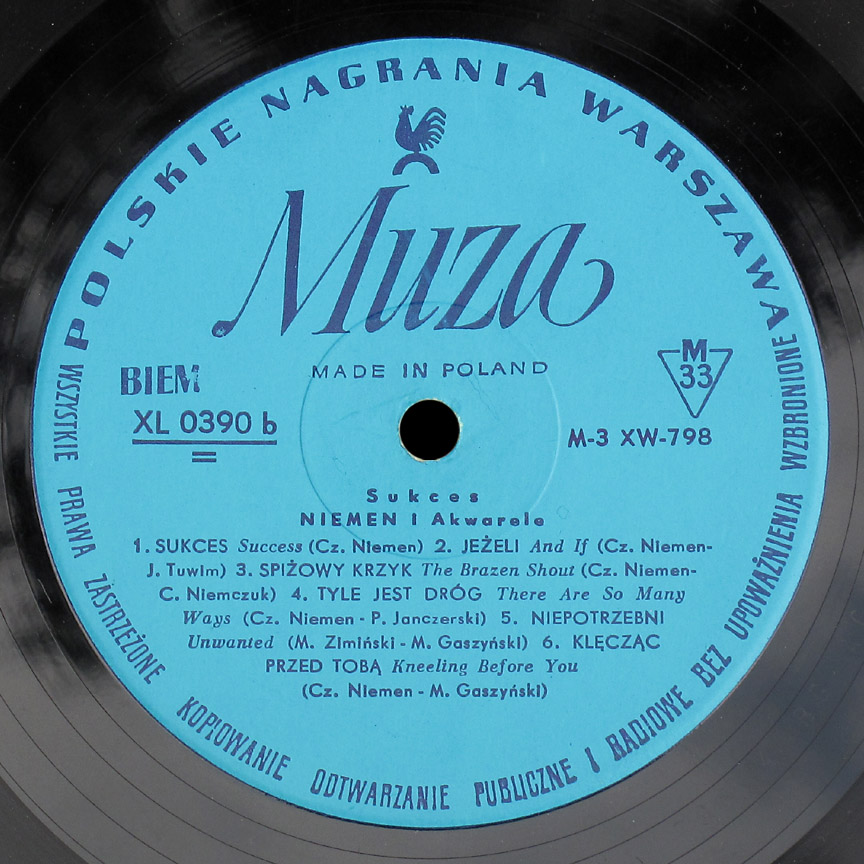 This LP is his second, from 1968. Of the songs I’ve chosen, I think “The Brazen Shout” (“Spizowy Krzyk”) may work best, though “Unwanted” definitely has a funky backing track and a familiar-sounding horn arrangement. “And If” uses the bass riff from Hendrix’s “Hey Joe”.
This LP is his second, from 1968. Of the songs I’ve chosen, I think “The Brazen Shout” (“Spizowy Krzyk”) may work best, though “Unwanted” definitely has a funky backing track and a familiar-sounding horn arrangement. “And If” uses the bass riff from Hendrix’s “Hey Joe”.
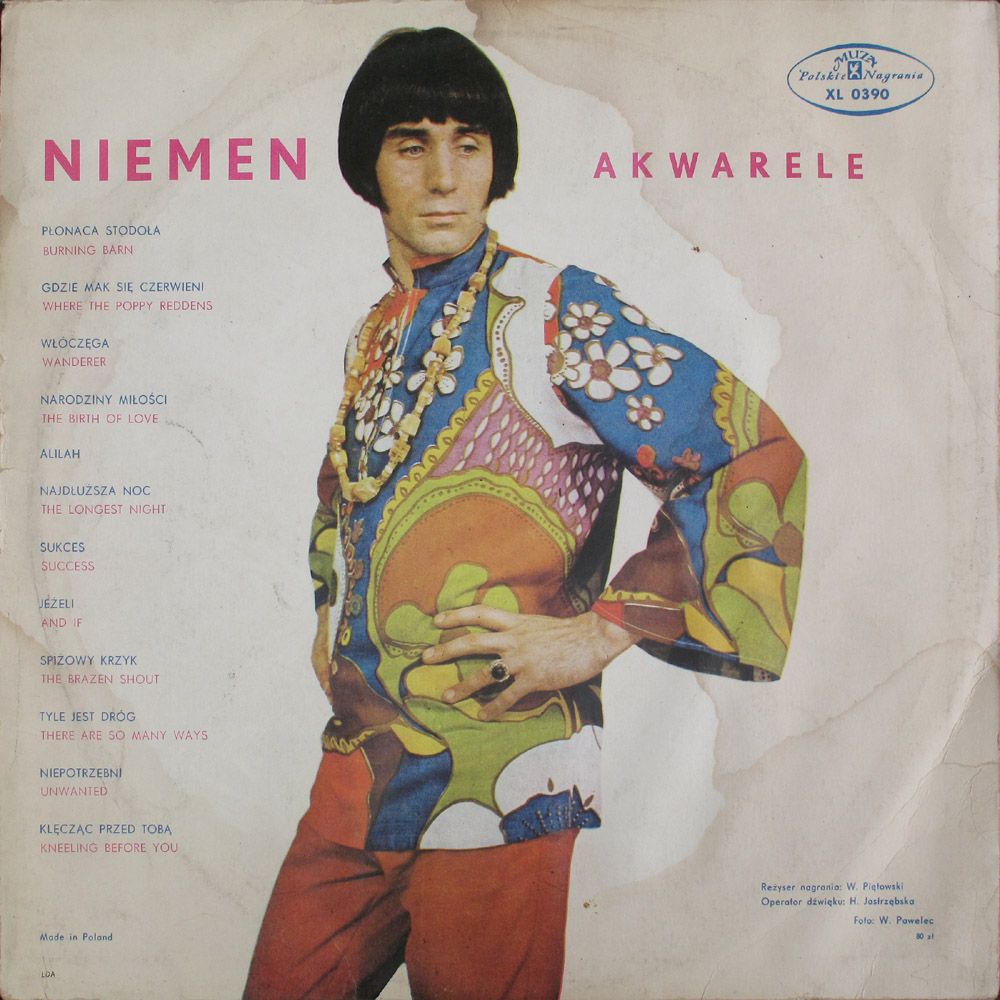
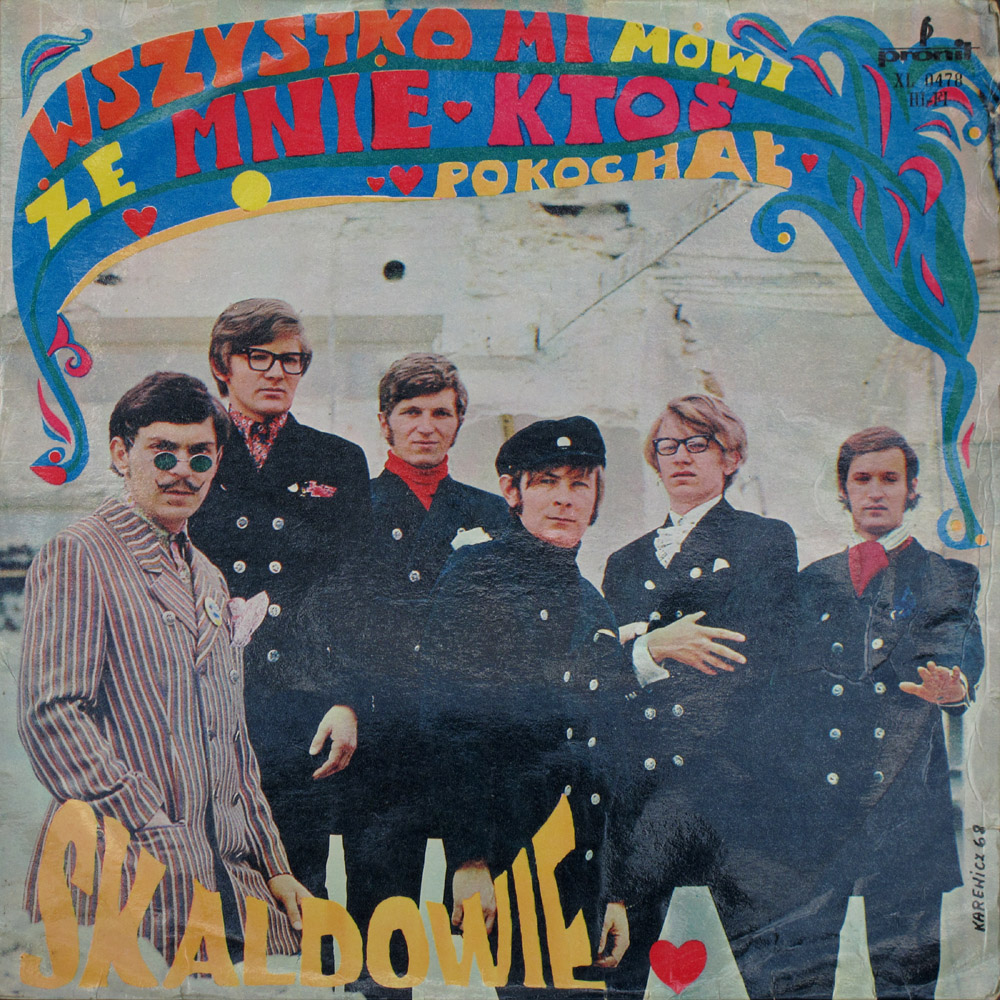

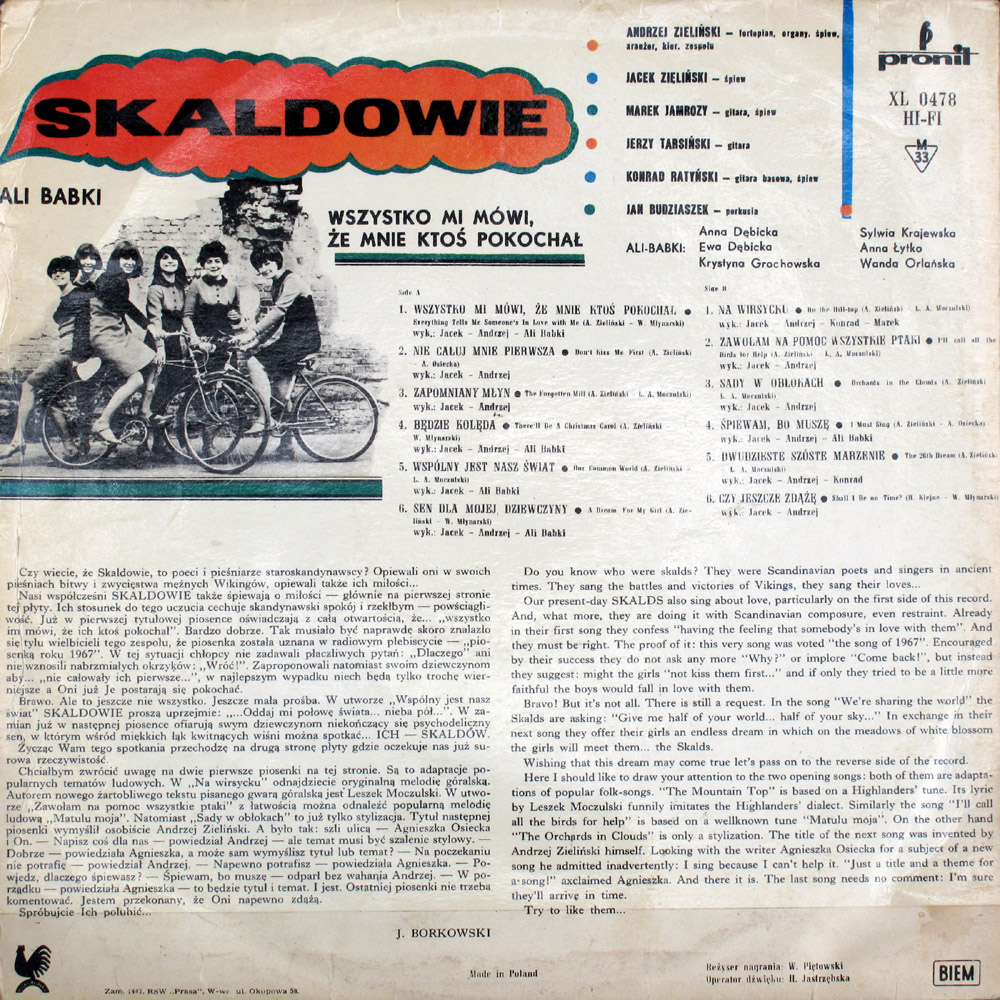
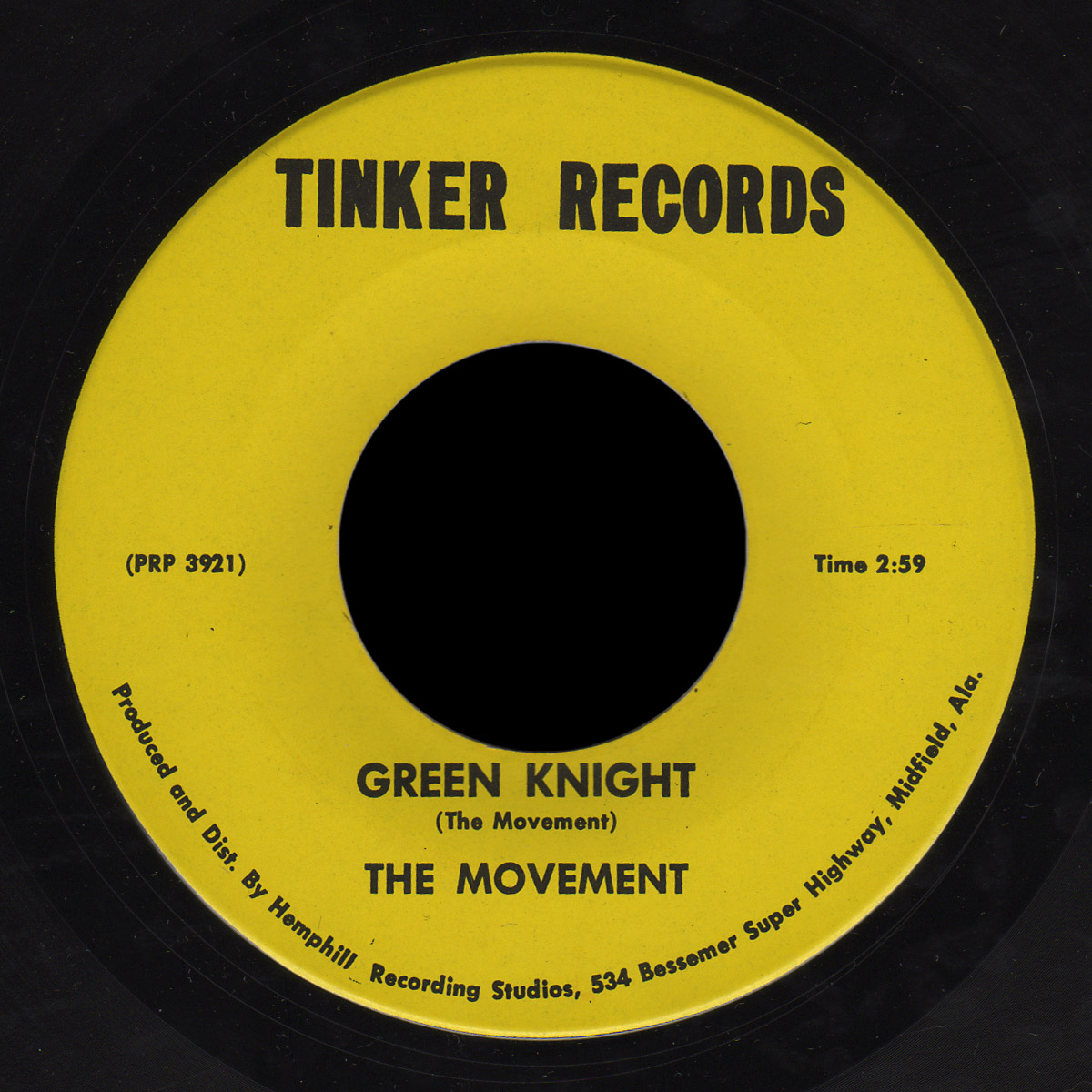 The Movement recorded two 45s at Hemphill Recording Studios in Midfield, Alabama, just southwest of Birmingham. The two singles were released within two months of each other, in July and August, 1968.
The Movement recorded two 45s at Hemphill Recording Studios in Midfield, Alabama, just southwest of Birmingham. The two singles were released within two months of each other, in July and August, 1968.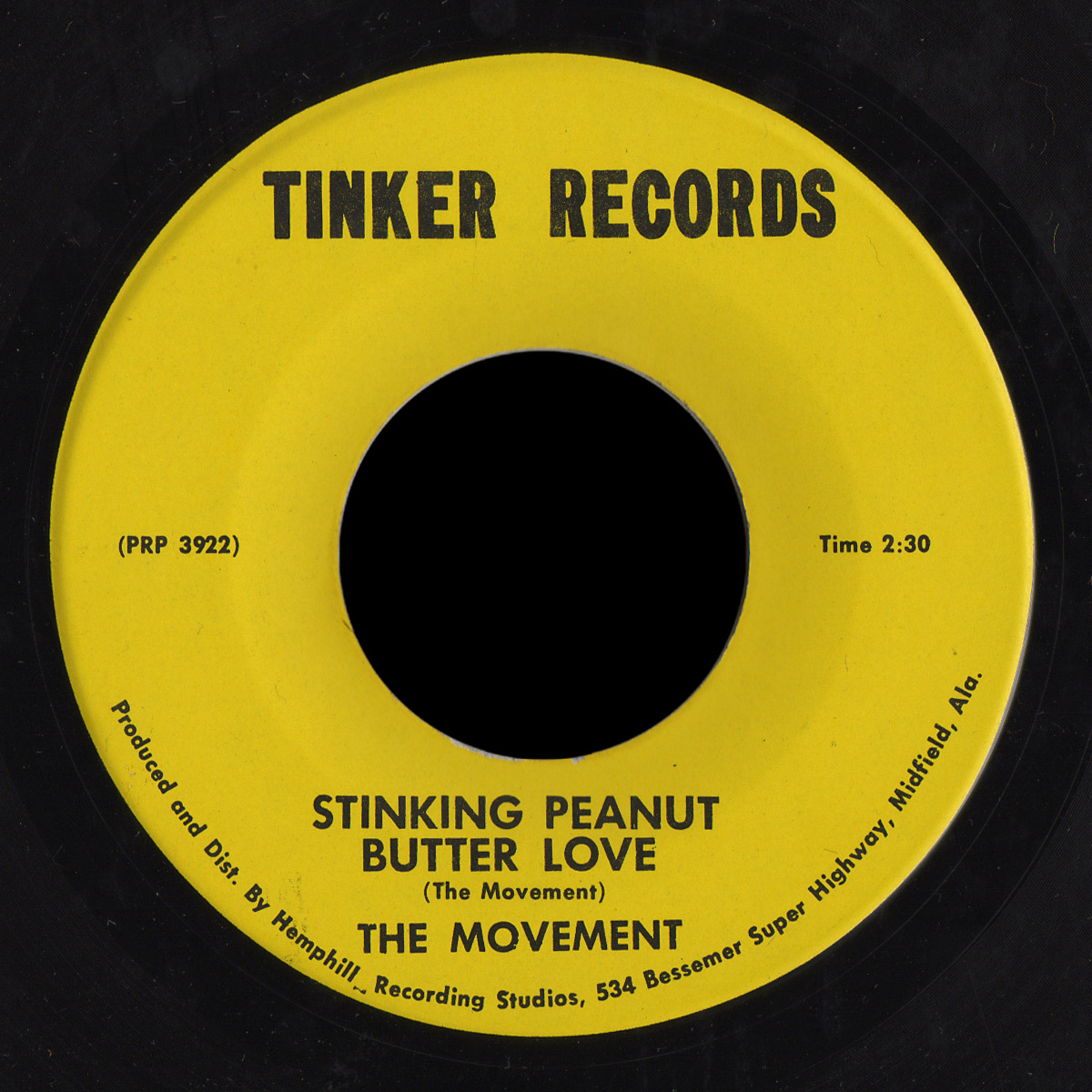 The flip, “Stinking Peanut Butter Love” is one of the better nonsense b-sides I’ve heard, a parody of hippie Love-In chants with mantras like “tallyanna meat loaf”, repetitive piano, random drumming and a flushing toilet. It has it’s own minor mastering problem, a sudden rise in volume at the start of the song.
The flip, “Stinking Peanut Butter Love” is one of the better nonsense b-sides I’ve heard, a parody of hippie Love-In chants with mantras like “tallyanna meat loaf”, repetitive piano, random drumming and a flushing toilet. It has it’s own minor mastering problem, a sudden rise in volume at the start of the song.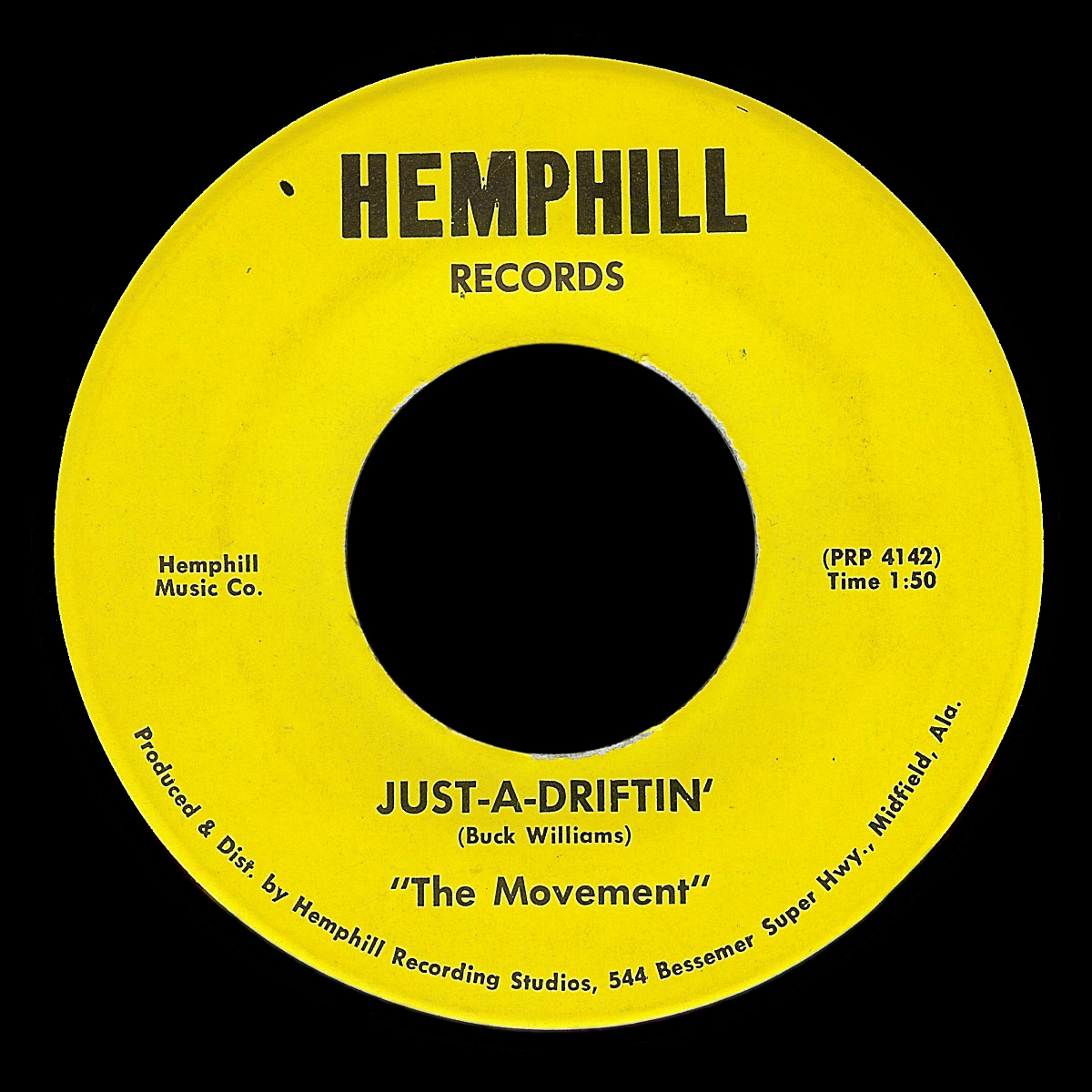
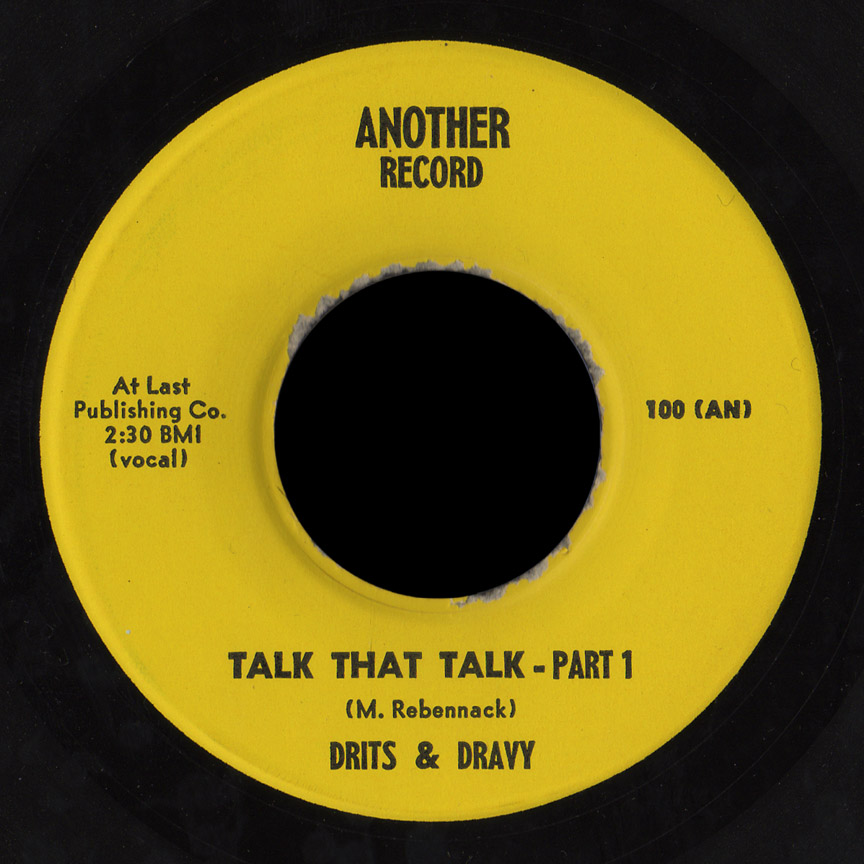 Just a few days after I added Nick’s article on former Daily Flash guitarist Doug Hastings’ time with
Just a few days after I added Nick’s article on former Daily Flash guitarist Doug Hastings’ time with 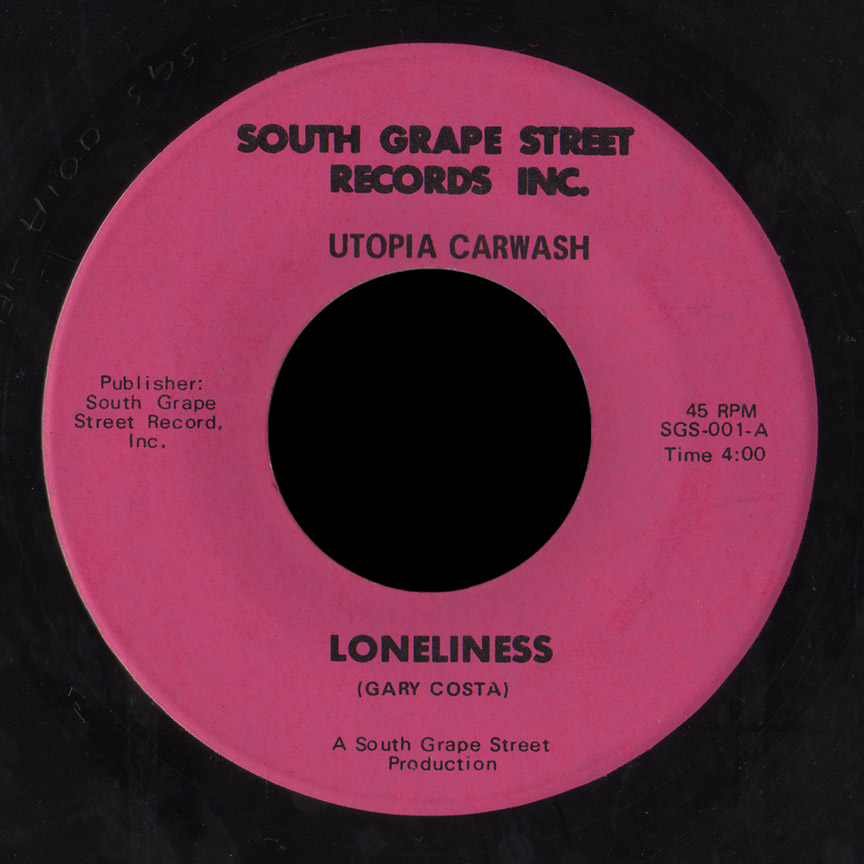
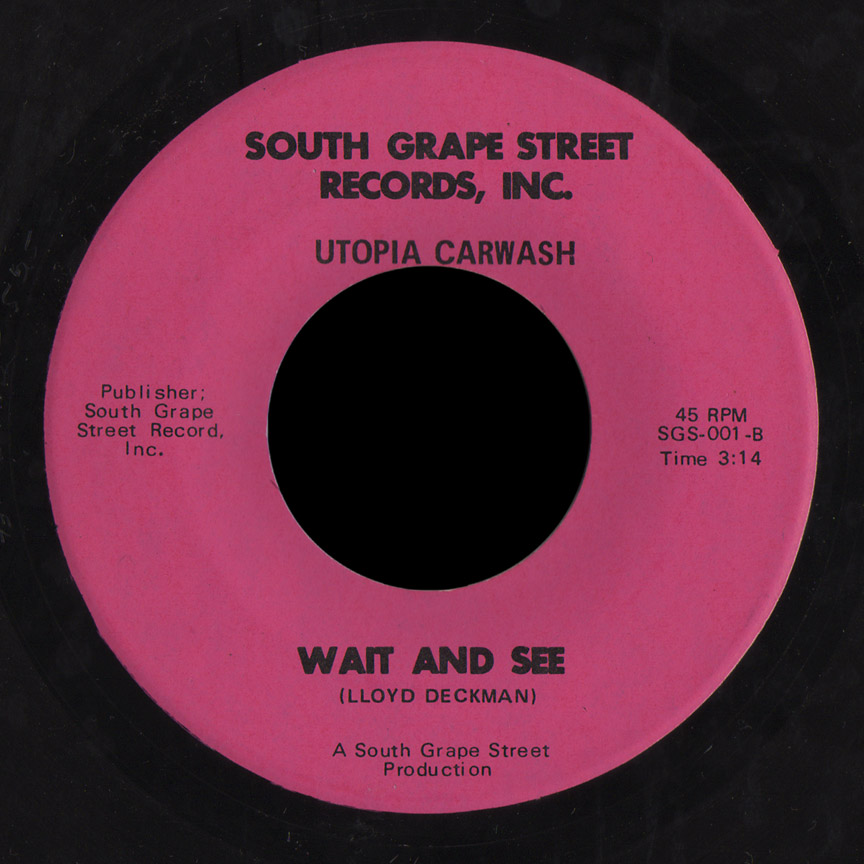

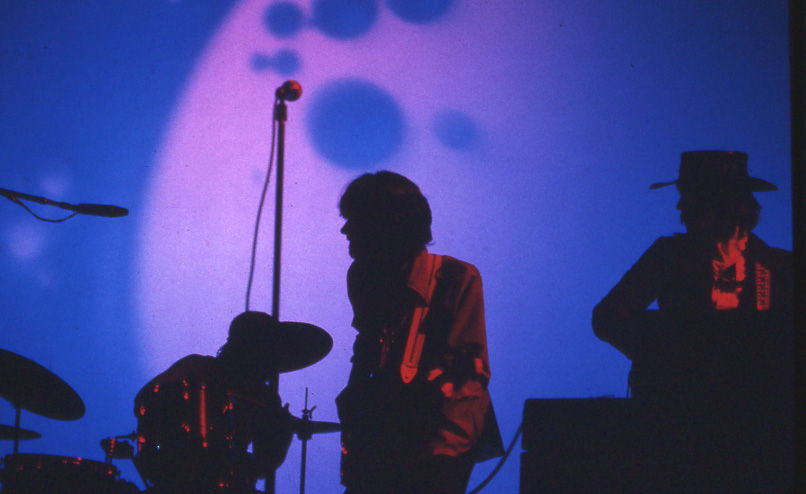

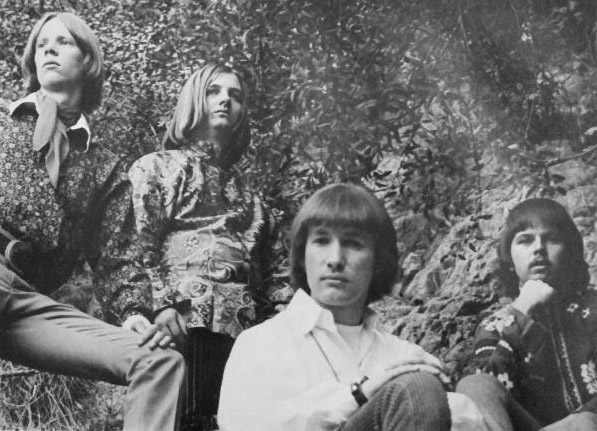

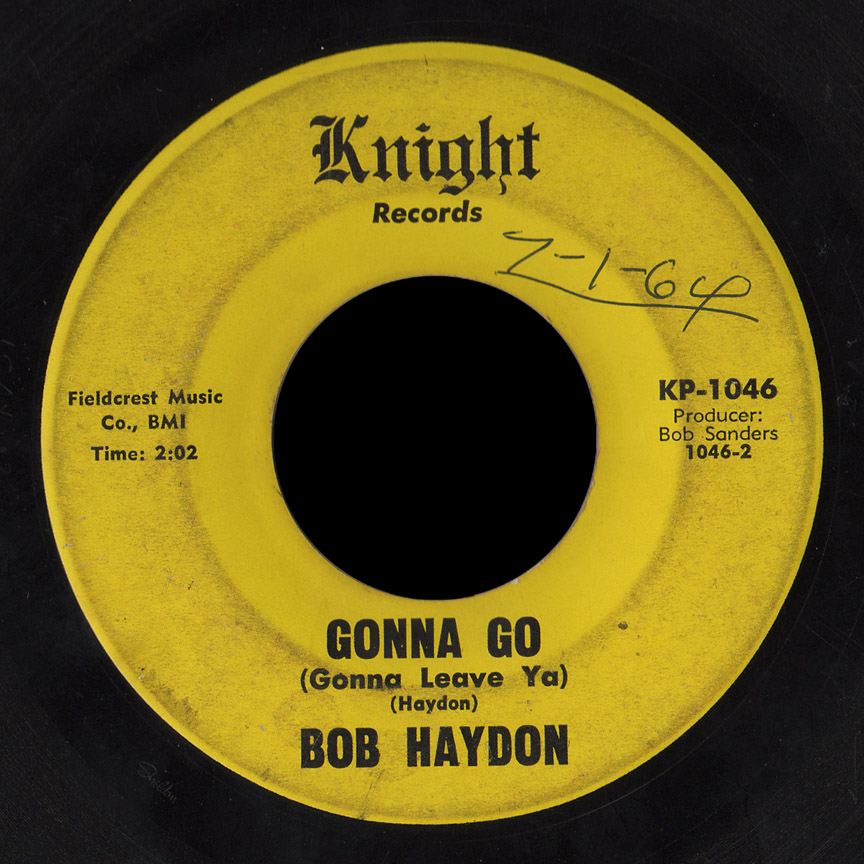 Any help with additions or corrections to this discography would be appreciated.
Any help with additions or corrections to this discography would be appreciated.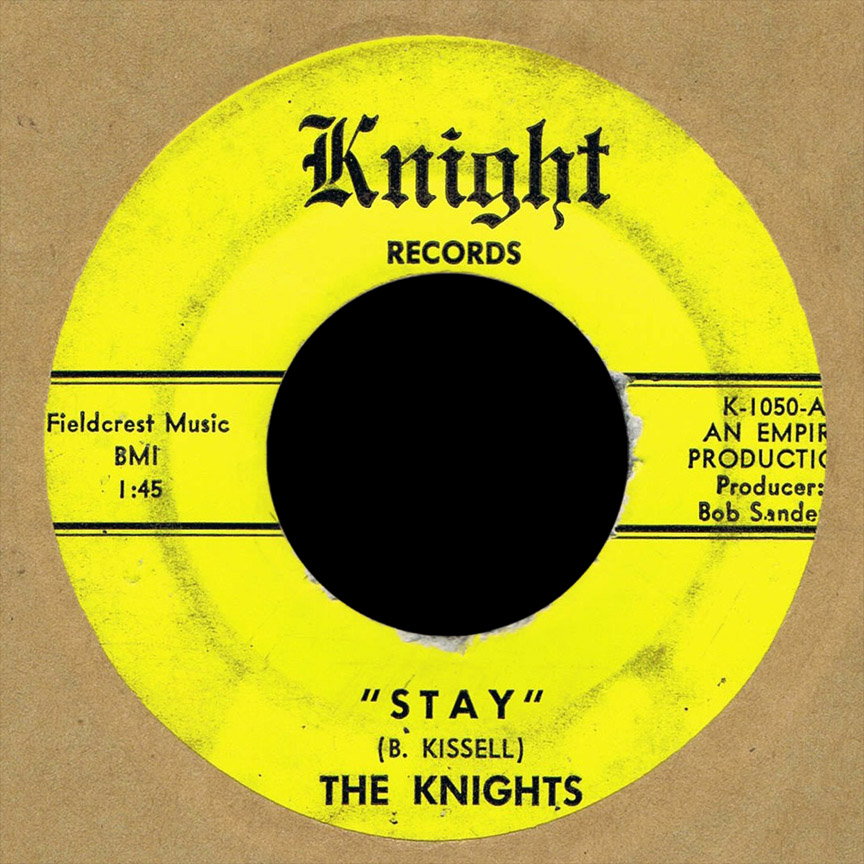 Lewis Lindsey was either co-owner or had some position with the label. Jimmy Rabbit called the Knight label’s studio “Sand-Lin”, though I haven’t seen that name cited by anyone else.
Lewis Lindsey was either co-owner or had some position with the label. Jimmy Rabbit called the Knight label’s studio “Sand-Lin”, though I haven’t seen that name cited by anyone else.